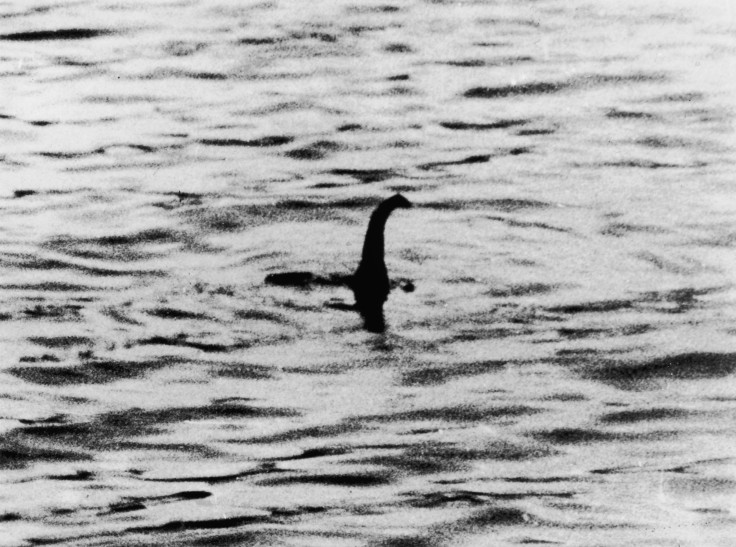Loch Ness Monster Rumors Resurface After Ripples Seen In Lake [Video]

Rumors about the existence of a Loch Ness monster resurfaced after a stunned tourist captured a video showing ripples seen across one of Scotland’s most popular and probably most mysterious lochs.
"It looked about 20-feet long and kept going up and down, so I turned my camera video. We couldn’t believe what we were seeing! It came right round as you can see in the video and then passed to the right of us in the water where I could no longer see it," the person who reportedly recorded the video wrote in a disclaimer.
YouTube viewers were quick to point out the “something” spotted on the video was probably could be the mysterious monster, while others said it was just waves left in the wake of a passing boat.
This is not the first time such a sighting took place. In May, a schoolgirl and one of her family members claimed to have caught the Loch Ness monster on camera while going for a paddle in the iconic lake. They started recording after a mysterious ripple was seen on the water.
According to Scottish belief, Loch Ness is inhabited by a creature known as Nessie or the Loch Ness Monster. The Official Loch Ness Monster Sightings Register, which keeps a record of every possible glimpse of the rumored Nessie, states there have now been nearly 1,000 reported sightings in the last few years.
The existence of the Loch Ness monster -- a long-necked dinosaur-like creature surviving from prehistoric times -- has never been proven. The mythical aquatic creature was first mentioned in the biography of 7th-century Irish missionary Saint Columba who wrote about the beast at Loch Ness during his travels throughout Scotland in 565 AD.
Scottish newspaper Inverness Courier in May 1933 told the story of a couple who allegedly saw the Loch Ness monster in the freshwater lake.
A famous photograph of what was supposed to be the Loch Ness monster was published in 1934. However, that image turned out to be a hoax.
Since then, there have been several reports of Loch Ness monster sightings in Scotland. Some people believe in the existence of the animal, while others think it is nothing but a creation of human imagination.
© Copyright IBTimes 2025. All rights reserved.




















